Exporters warned as gas crisis sparks jobs fears
Anthony Albanese has set up a showdown with LNG companies after the consumer watchdog warned that gas exporters were putting jobs and businesses at risk.

Anthony Albanese has set up a showdown with LNG companies after the consumer watchdog warned that gas exporters were putting jobs and businesses at risk from massive price hikes and record east coast shortages next year.
In a damning Australian Competition & Consumer Commission report released on Monday, cashed-up LNG exporters have been put on notice to plug a 56 petajoules shortfall or face sweeping regulatory intervention.
Jim Chalmers said the report revealed “alarming features of the east coast gas market”, with LNG companies predicted to drive shortages of 10 per cent of domestic demand next year, despite banking windfall profits on the back of $70bn in exports over 12 months.
With the Albanese government close to finalising its overhaul of the Australian Domestic Gas Security Mechanism trigger, which was fast-tracked during the energy crisis, the Treasurer said the report was “deeply concerning and I urge the gas producers to do the right thing by Australians”.
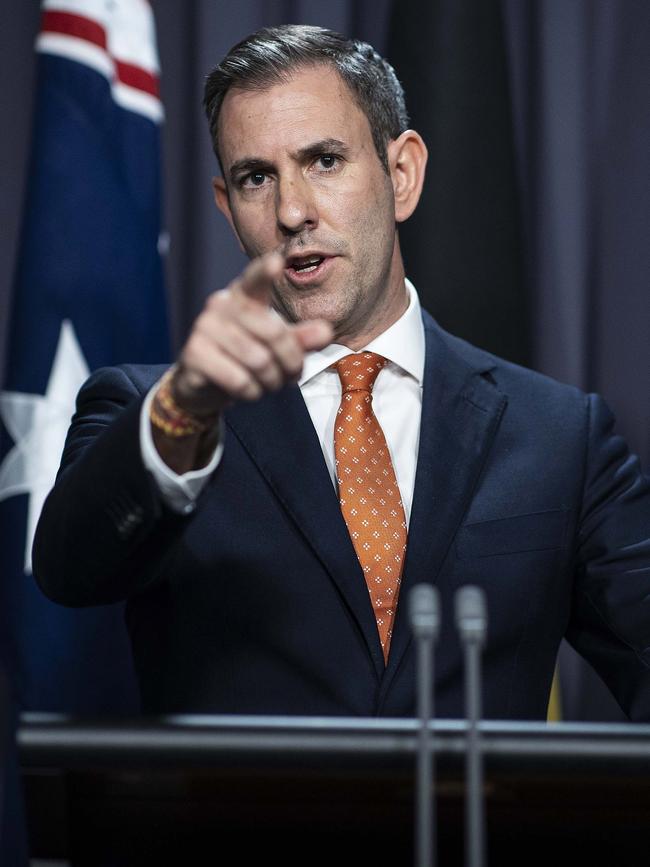
Industry sources believe the trigger, forcing exporters to reserve greater gas supply for domestic use, will be pulled in coming months unless a deal is struck.
“(The report) projects a significant gas shortfall for next year unless gas producers supply more of their uncontracted or excess gas to the domestic market,” Dr Chalmers said.
“It’s critical our domestic gas supply is secure and competitively priced, particularly when households and businesses are under extreme pressure. The ACCC has raised concerns about the level of competition in this market, and I welcome its commitment to look into this and take enforcement action as required.”
The broadside from the Albanese government sets up a showdown with LNG exporters, after Australian Petroleum Production and Exploration Association acting chief executive Damian Dwyer pushed back against “recent irresponsible calls to intervene in our gas export market”.
The oil and gas lobby chief, representing companies including Santos, Shell, Woodside, Origin and Chevron, said record economic gains and international partnerships with key Asian nations must be considered before forcing LNG producers to divert resources into domestic markets.
With exports predicted to hit $84bn in 2022-23, the ACCC said LNG companies were expected to contribute to the shortfall by “withdrawing 58PJ more gas from the domestic market than they expect to supply into the market”.
The ACCC has “strongly encouraged” LNG exporters, who were expecting to export the vast majority of their 167PJ of excess gas, to increase their supply into the east coast market. “In total, LNG exporters expect to export 1441PJ of gas in 2023, which is significantly more than what they have exported in previous years,” the report said. “Our supply outlook also shows it is highly likely that a significant proportion of the LNG exporters’ excess gas will be needed in the domestic market to avoid a shortfall.”
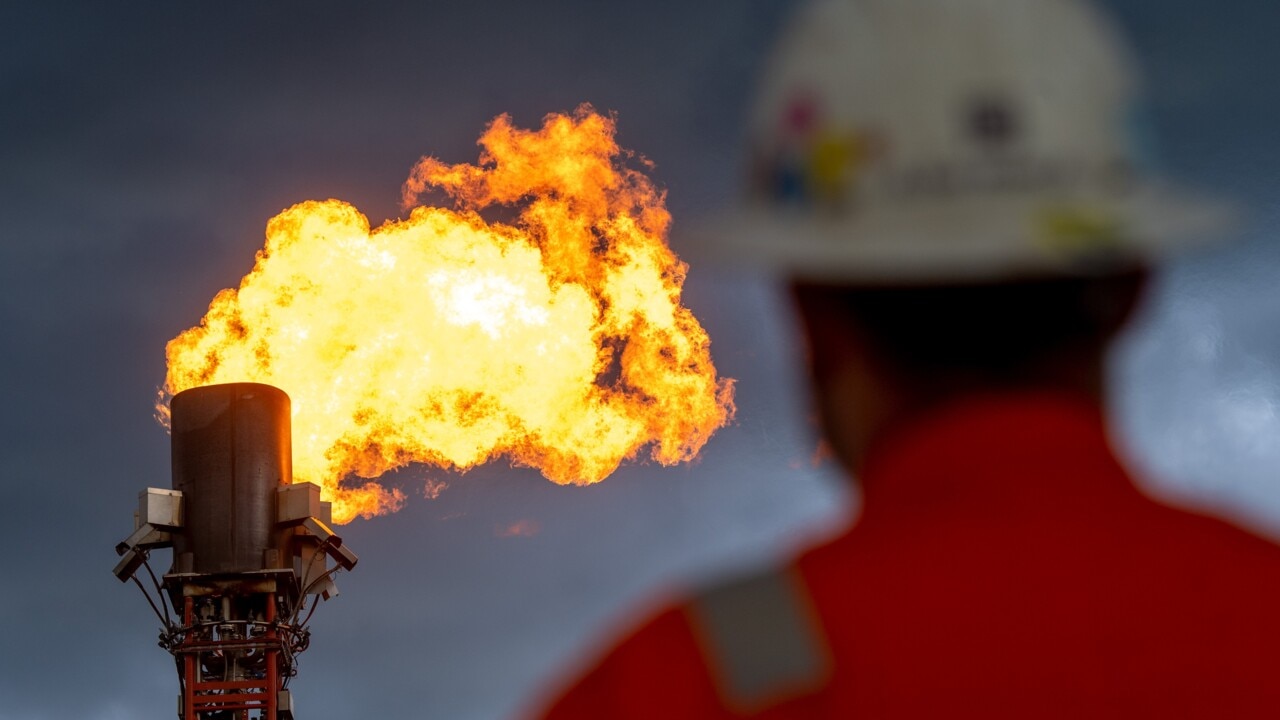
The dramatic upgrade in 2023 shortfall projections – a 54PJ rise compared to last year – is the largest since the ACCC began its gas inquiry in 2017.
The consumer watchdog has asked Resources Minister Madeleine King to initiate the first step of the ADGSM trigger process, which involves formally determining whether 2023 will be a shortfall year and working with LNG exporters to supply more domestic gas.
“The east coast gas market is facing a 56PJ shortfall in supply in 2023, signifying a substantial risk to Australia’s energy security. This shortfall is a significant deterioration in conditions relative to the 2022 forecast and suggests a bleaker outlook for 2023 than the AEMO projected. This could place further upward pressure on prices and result in some manufacturers closing businesses; some market exit has already occurred.”
In the wake of the east coast gas and electricity crisis, the ACCC criticised the lack of competition across the “highly concentrated upstream market” and found that joint ventures, joint marketing and exclusivity arrangements could increase the “risk of co-ordinated conduct and increase the market power of the LNG exporters”.
“This is concerning given the supply conditions expected in the east coast and the reliance that will be placed on the LNG exporters as a result.”
Describing the situation as “extremely serious”, Dr Chalmers said the government was preparing a swift response to the ACCC recommendations, including his request to boost monitoring of energy markets.
NSW, Victoria, South Australia, ACT and Tasmania are expected to experience a 54PJ shortfall due to “declining production in the south and a projected increase in demand from gas powered generators”.
A 2PJ shortfall is projected in Queensland.
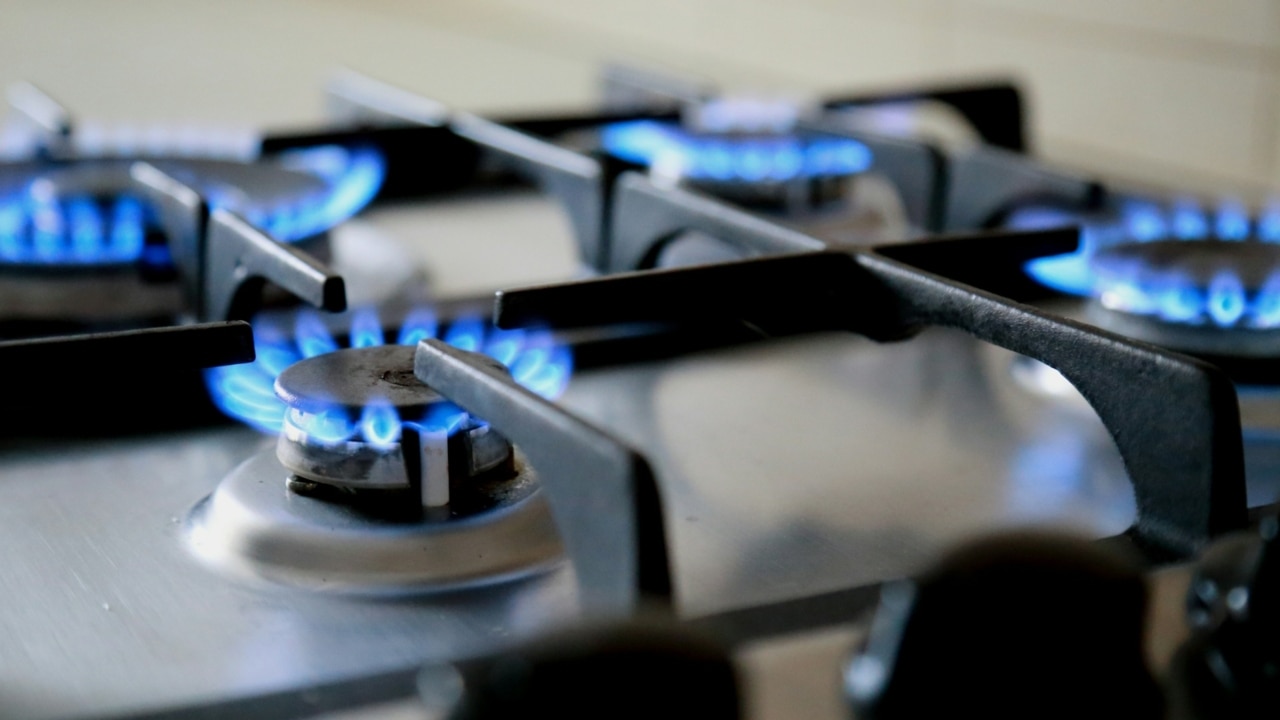
“The effective operation of both the heads of agreement and ADGSM will be required to ensure LNG exporters supply more gas into the domestic market and maintain Australia’s energy security,” the report said.
The ACCC said extreme spot price increases in Australia and overseas markets could have “implications for future contract prices”, with gas suppliers hiking up costs. The report also raised concerns that some LNG exporters were not appropriately engaging with the domestic market and offering gas at prices “it cannot reasonably expect to receive when selling gas to the international market”.
Gas prices for commercial and industrial users soared in recent months, while LNG netback prices in February for 2023 supply increased by almost 360 per cent.
To combat the shortfall, extra volumes of gas will need to be diverted by LNG exporters, withdrawn from storage and produced in east coast and Northern Territory gas fields.
Writing in The Australian, Mr Dwyer hit out at southeastern states for stifling their economies with “nonsensical bans” and said the performance of LNG exports should give “cause for a rethink” among those wanting to intervene in the market.
“There was a record $70bn of LNG exports last financial year, up from $30bn previously, and exports are forecast to hit more than $84bn in 2022-23,” Mr Dwyer wrote. “Queensland petroleum royalties will more than double in the next five years – from $2.7bn forecast last year to $5.9bn forecast this year … the equivalent of providing healthcare for more than 150,000 people annually or building 60 new schools.
“It’s a similar story in Western Australia, where gas accounted for about $1bn paid to government coffers last financial year, and the Northern Territory, where its budget revealed its economic growth was being powered by gas in the Top End.”
He said despite Victoria having the most gas users in the country, the state had “discouraged local investment by announcing a plan to cut it off – without a plan to replace it”.
More Coverage
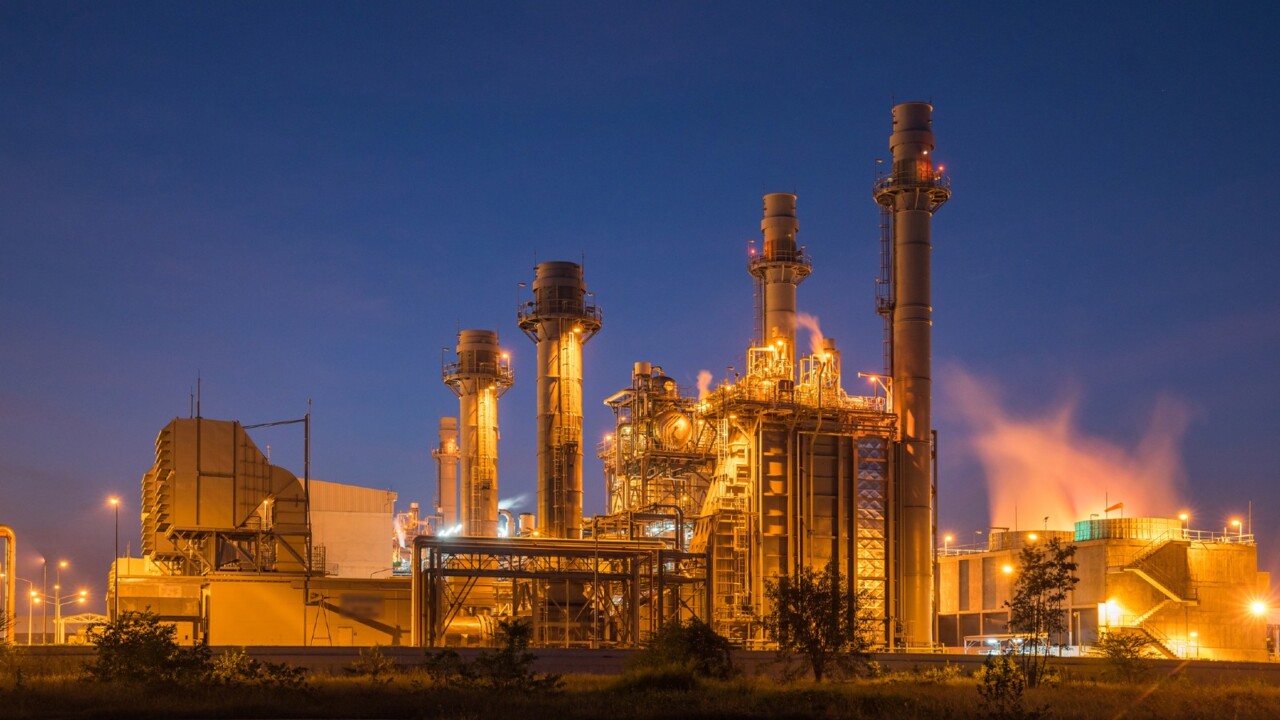



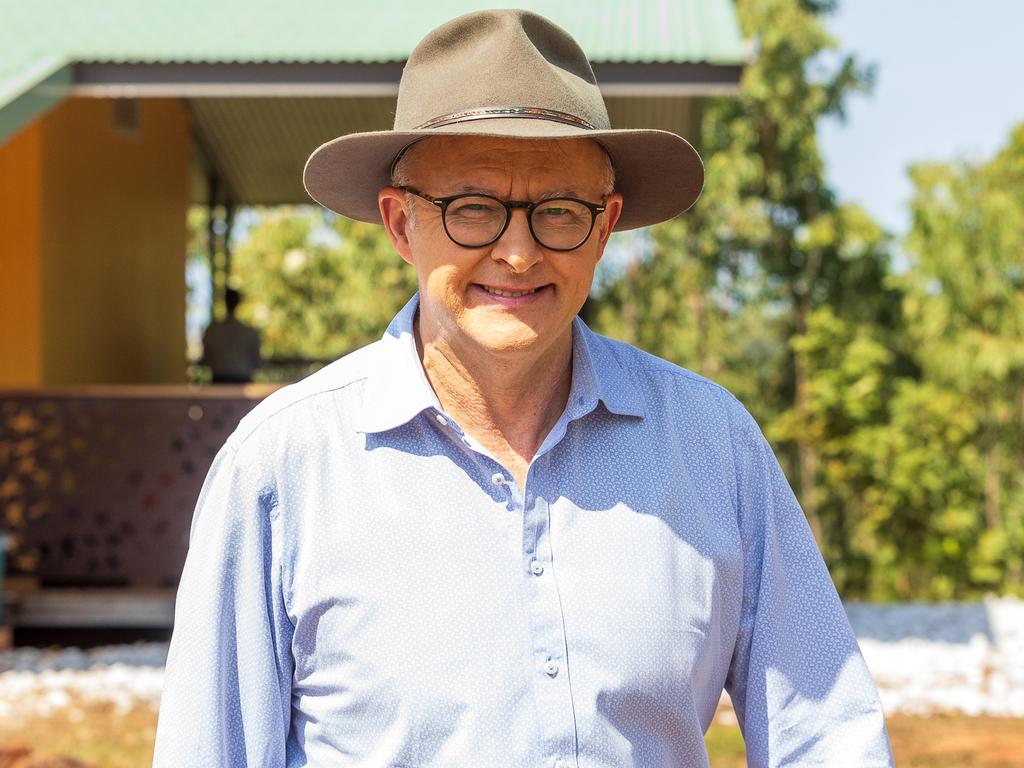




To join the conversation, please log in. Don't have an account? Register
Join the conversation, you are commenting as Logout